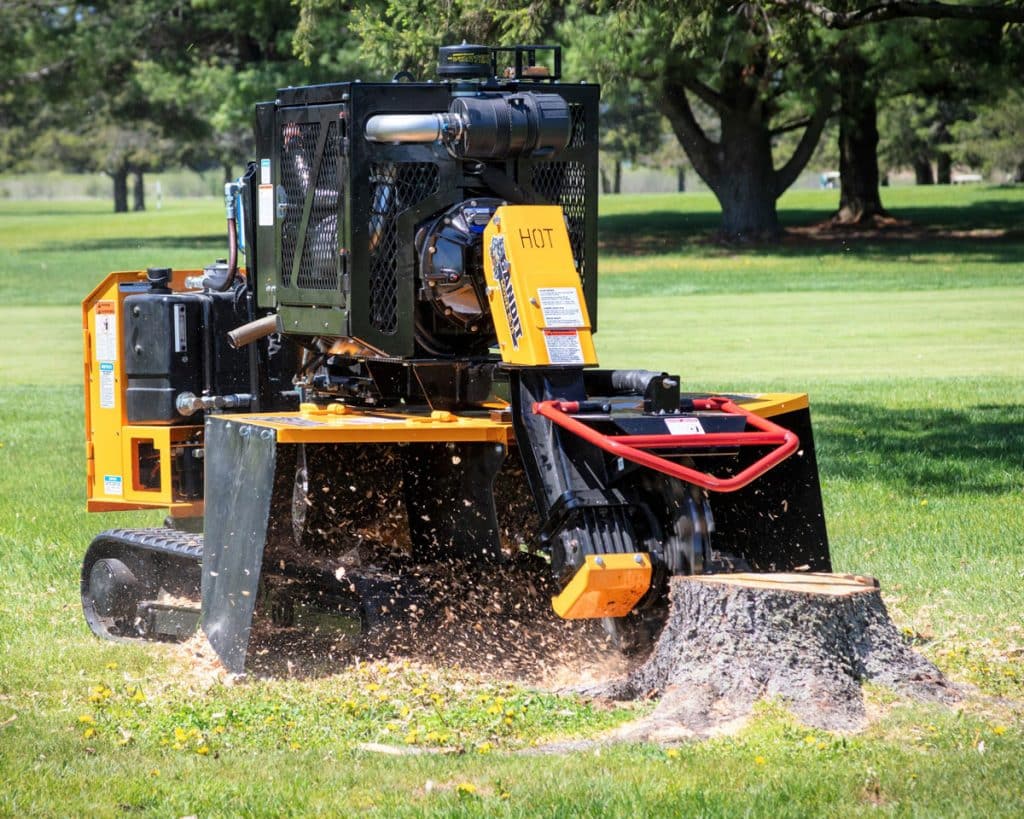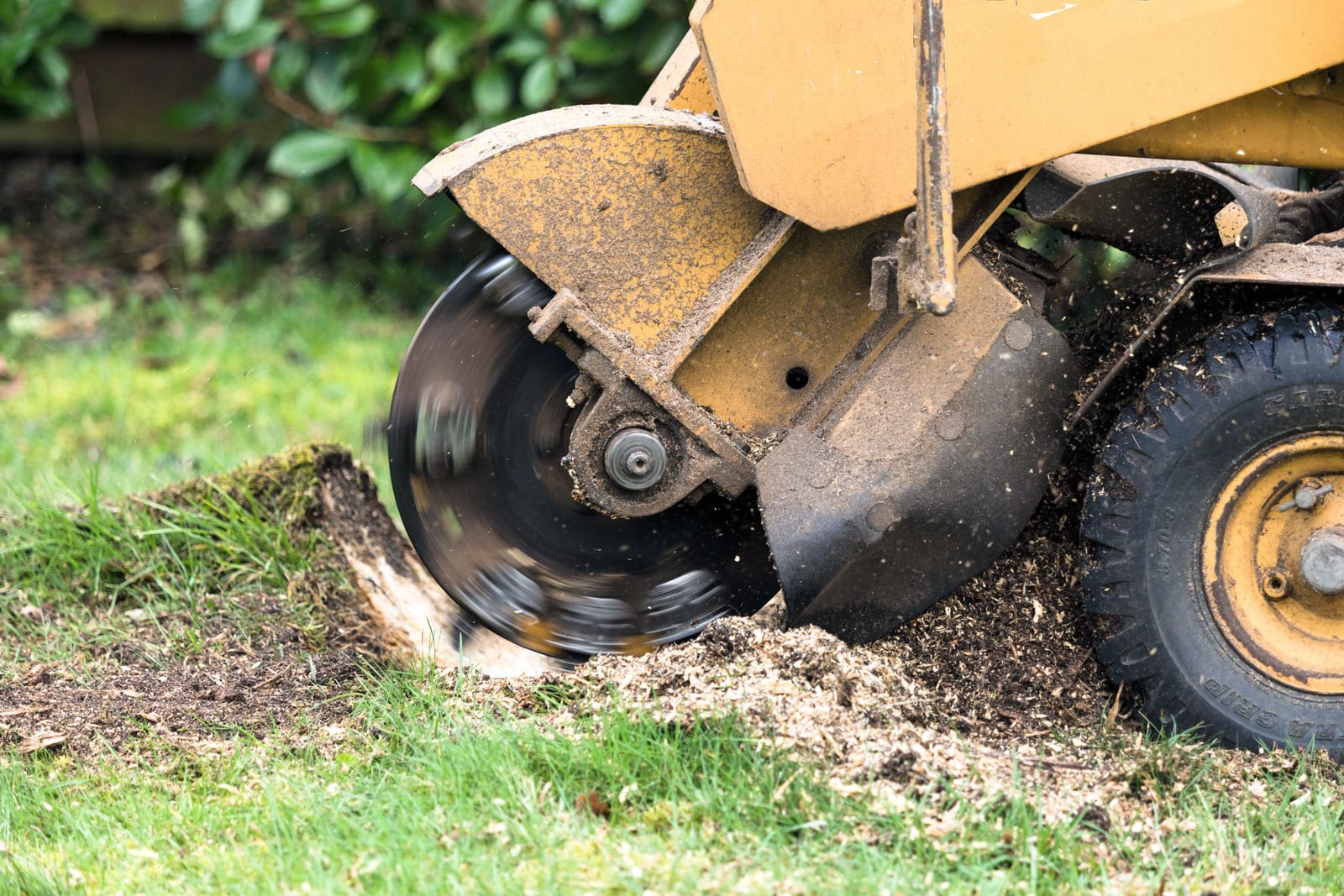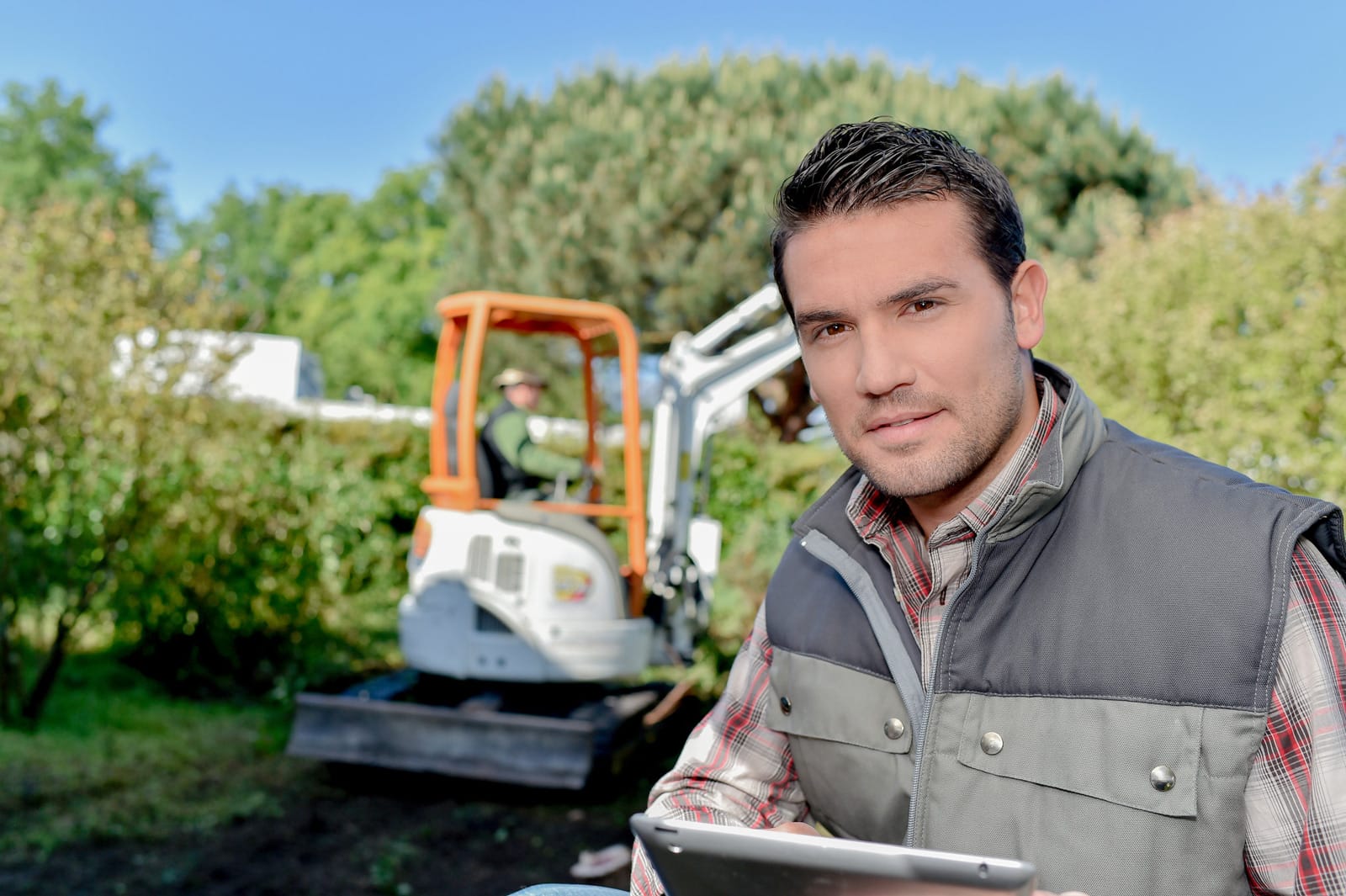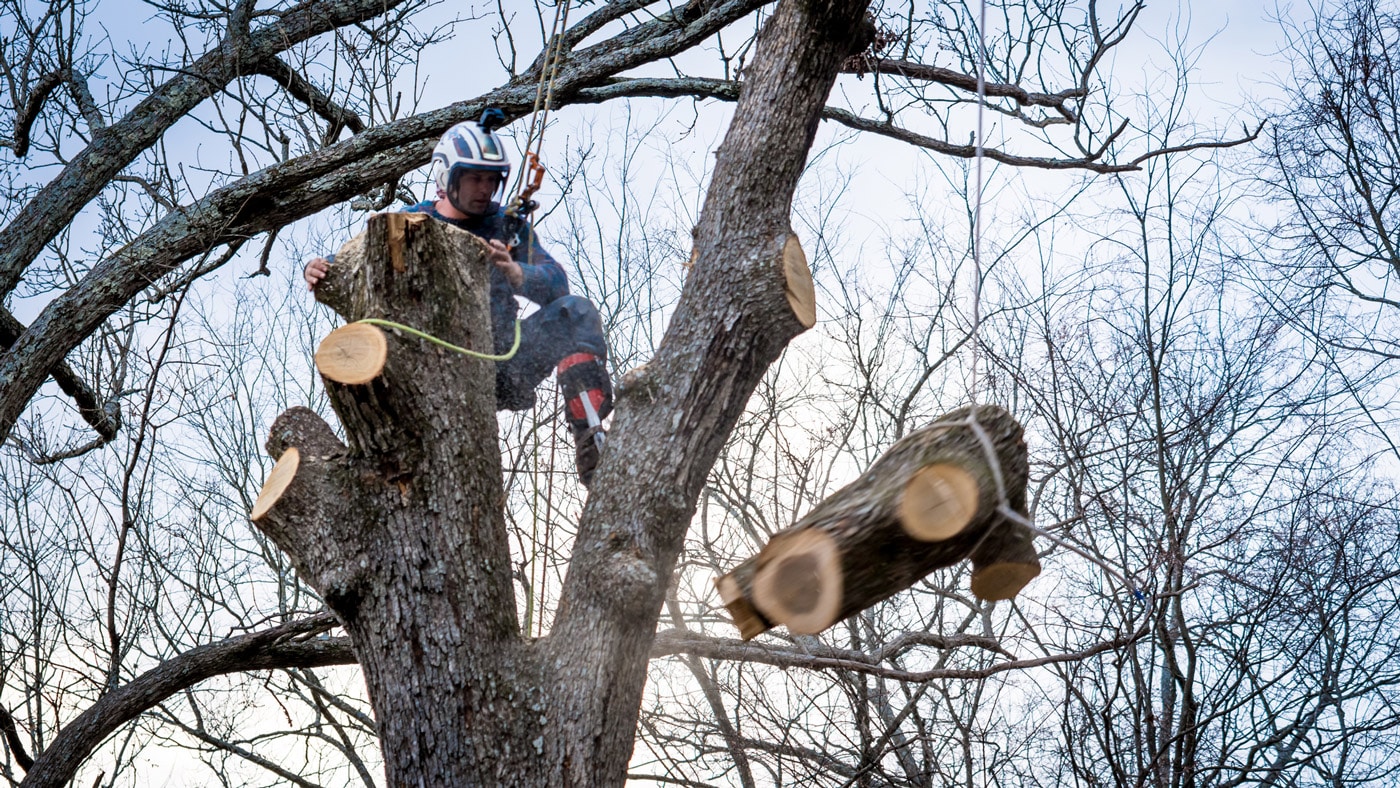Stump Grinding Business Insurance
If you have the right tools and equipment, stump grinding may seem like a simple business to start with minimal risks. But what if you hit an underground utility line, or damage a customer’s property while on the job? Without insurance, your business could be facing serious lawsuits and paying for damages out of pocket.
Having the right stump grinding insurance is crucial. But what are the insurance requirements for stump removal companies?
Insurance Requirements for Stump Removal Services
While insurance requirements for businesses vary from state to state, there is one type of insurance that every stump grinding business will need: general liability.
General Liability
General liability is the most important insurance for stump grinding services. Some states or local jurisdictions may require this insurance. Even if they don’t, customers or contractors will likely require it.
A general liability insurance policy will provide a wide range of coverages, including:
- Bodily injury
- Medical payments
- Property damage
- Legal defense
- Personal and advertising injury
If a customer is hurt while you’re performing your work, general liability can cover the cost of their medical care. If you happen to damage a customer’s property while on the job, then your policy can also cover the cost of repairs or replacement.
Most experts recommend obtaining a $1 million general liability policy to mitigate risk.
While general liability is one of the most important insurance policies you can obtain, it doesn’t cover all of your risks. These policies do not cover:
- Commercial auto accidents
- Damage to your own business’s property
- Employee illness or injuries
For this reason, it’s often advised that stump grinding businesses obtain additional insurance policies to help cover these risks.
Other Types of Coverage Stump Grinder Removal Services Need

In addition to general liability insurance, stump grinding removal services should also consider the following insurance policies:
Commercial Property
If you run your business out of commercial space, then you should have commercial property insurance.
Commercial property insurance can protect against damages or losses caused by:
- Theft
- Windstorms
- Lightning
- Fires
Commercial building insurance will also cover your business’s physical assets, such as your:
- Building
- Inventory
- Personal property
- Furniture
- Tools
- Equipment
In some cases, commercial property insurance will include business interruption insurance, which will help replace your lost income if your business cannot operate due to a covered peril.
A policy like this will also cover business-owned assets that are stored on-site.
Commercial Auto
If you have company vehicles that you or your employees use to get to and from jobs, you will need commercial auto insurance.
Commercial auto insurance will cover the cost of repairs, medical expenses, lost equipment and liability claims if one of your business’s vehicles is involved in an accident while on the job.
A commercial auto insurance policy can cover:
- Bodily injury liability to pay for another party’s medical expenses.
- Collision, which will cover the cost of repairs to your vehicle if it’s in an accident with another vehicle or object.
- Property damage liability to pay for damage caused to another party’s property.
- Comprehensive coverage, which will help pay for damages caused by fire, theft or another natural disaster.
- Medical payments coverage, which will cover medical expenses for employees and passengers if they are injured in an accident.
- Uninsured/underinsured motorist coverage, which will help you pay for your employee’s medical expenses or repair your vehicle if the other party leaves the scene of the accident or doesn’t have enough liability coverage.
Inland Marine
Business tools, especially stump grinders and related equipment, are expensive. Your commercial property insurance is designed to protect your tools when they’re onsite. Once your tools are offsite, the policy may:
- Limit coverage
- Exclude coverage
When your business property, tools or equipment are damaged while off-premises, inland marine insurance will cover them.
Workers’ Compensation
Depending on the state where your business is located, you may be mandated to have workers’ compensation insurance, also known as workers’ comp. This insurance is only required if you have employees, and it protects both your business and your workforce.
First, workers’ comp will pay for any legal representation if you’re sued by an employee.
Secondly, the following coverage is provided to your employees:
- Medical coverage
- Percentage of lost wages
However, the policy only provides these benefits if the employee is injured on the job.
The insurer you work with may offer a business owner’s policy (BOP), which will include many types of insurance in one, including:
- General liability
- Business interruption
- Commercial property insurance
Many BOPs are customizable, so you can add additional insurance options to them. Bundling your policies together into one package will often save you money on your premiums.
How Much Does Stump Grinding Insurance Cost?
Stump grinding insurance has many moving parts. If you opt for higher policy limits, your premiums will rise. However, when we add up all of the following annual premiums, you can determine the average insurance cost range:
- General Liability: $400 – $1,500+
- Commercial Property Insurance: $750 – $3,000+
- Commercial Auto Insurance: $600 – $1,800+
- Inland Marine Insurance: $170 – $800+
- Workers’ Compensation: $500 – $800+
If you add all of these up, you may be paying between $2,400 and $7,900+ per year. Of course, the costs will rise if you have multiple commercial vehicles, large buildings, more employees and more.
However, obtaining enough insurance and having the right policy in place will allow you to grow your stump grinding business with as low of risks as possible.
Working with an insurer that has experience in stump grinding insurance will allow you peace of mind that your business is safe from liability claims, employee injuries and accidents.


